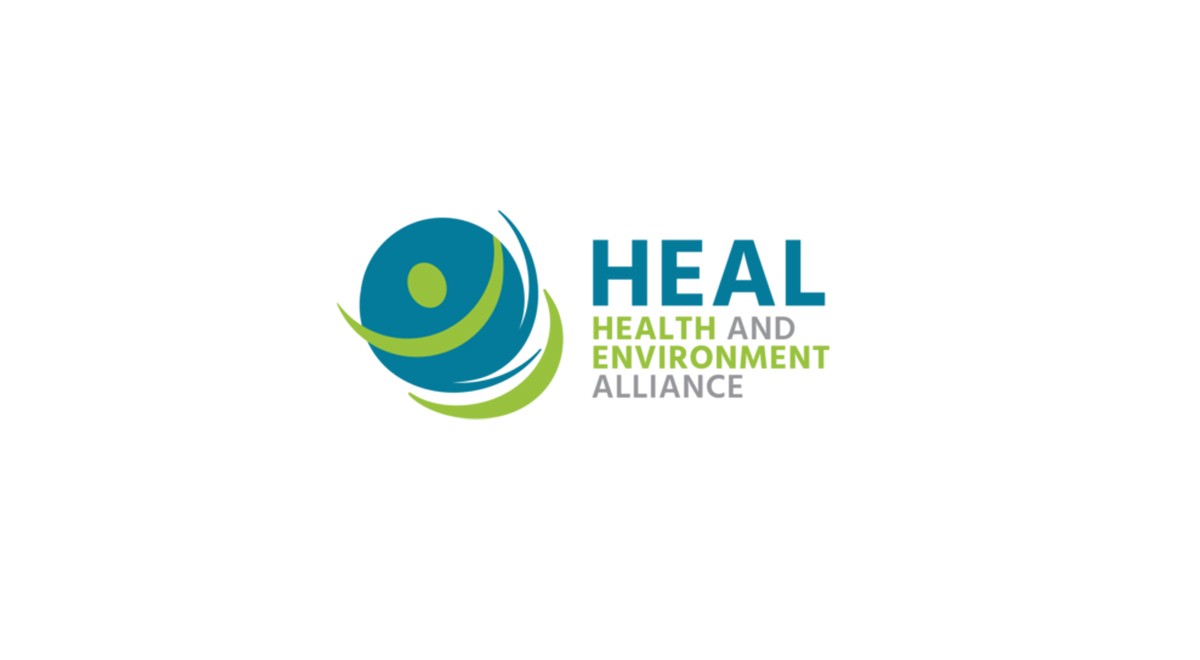Press release: HEAL, together with the EDC-Free Europe coalition, is calling on future EU leaders to protect health and the environment from health-harming endocrine-disrupting chemicals. The coalition shared its priorities for the upcoming policy mandate at an event at the European Parliament.
New research published today finds that new-borns in intensive care units are in contact with a variety of medical products that contain bisphenol A (BPA) and parabens [1]. Infants are particularly vulnerable to the effects from these endocrine disrupting chemicals (EDCs), causing scientists and health groups alike to demand more comprehensive regulation of EDCs across the board for better protection.
According to the study, published online in the peer-reviewed journal Environmental Health Perspectives, BPA was detected in almost 60% of the tested medical devices used in neonatal intensive care units and parabens in more than 85%. One quarter of the item extracts showed estrogenic activity, and one-tenth showed anti-androgenic activity.
“These findings raise significant concerns about the failure of current regulations to protect the population from exposure to known endocrine disruptors in the most critical periods of development, when every effort should be made to prevent such exposure,” says Natacha Cingotti, Health and Chemicals Policy Officer at the Health and Environment Alliance (HEAL).
“To really make a health difference, the new Commission must commit measures to guarantee that every new-born is truly protected from substances that harm their development; this should be self-evident for babies in intensive care units and also requires protection from exposure before birth.”
Early life exposure to EDCs like BPA has been associated with later life neurodevelopmental and metabolic disorders in humans. The body of scientific evidence on the adverse health and environmental impacts of BPA – even at very low doses – is already so significant that the European Chemicals Agency listed it as a substance of very high concern [2]. Yet the health risks associated with combined exposures to endocrine disruptors like BPA are still systematically underestimated, as shown by another EU research project earlier this year [3].


